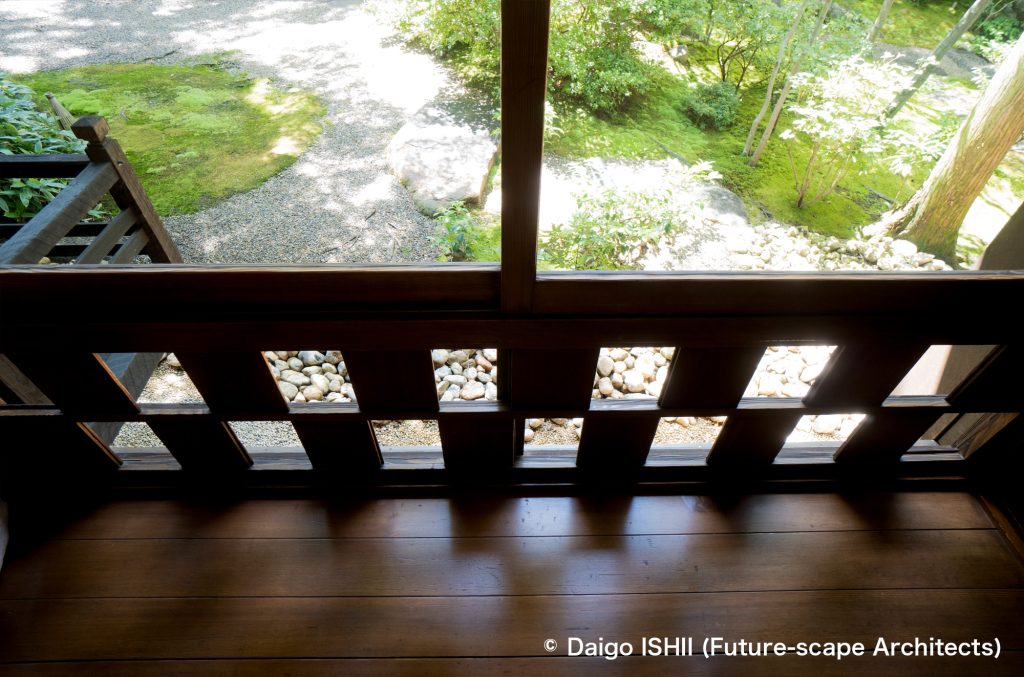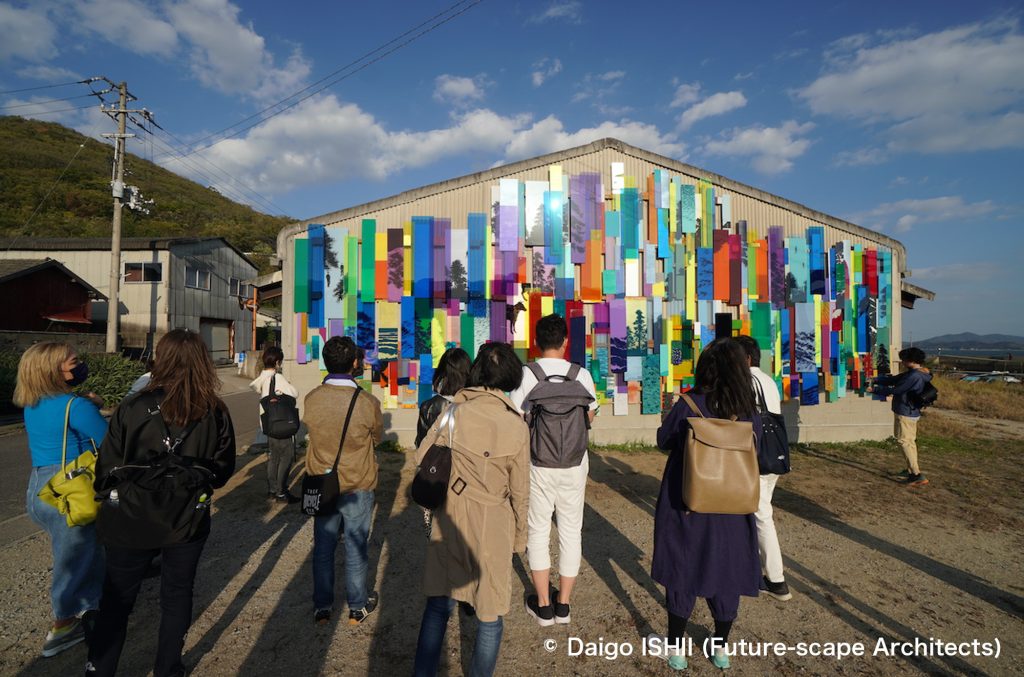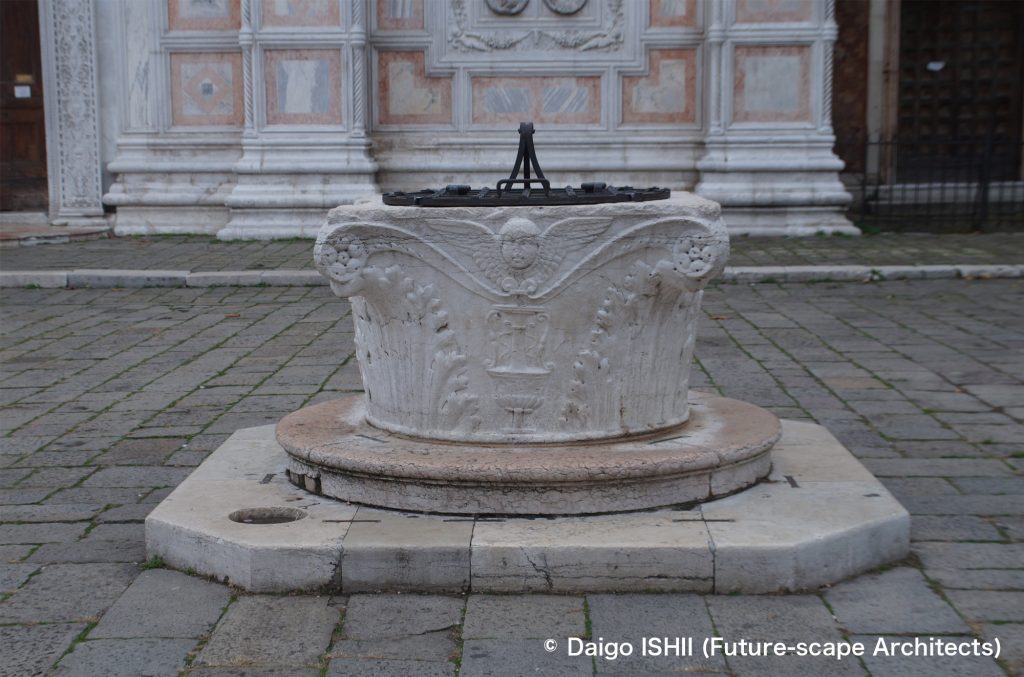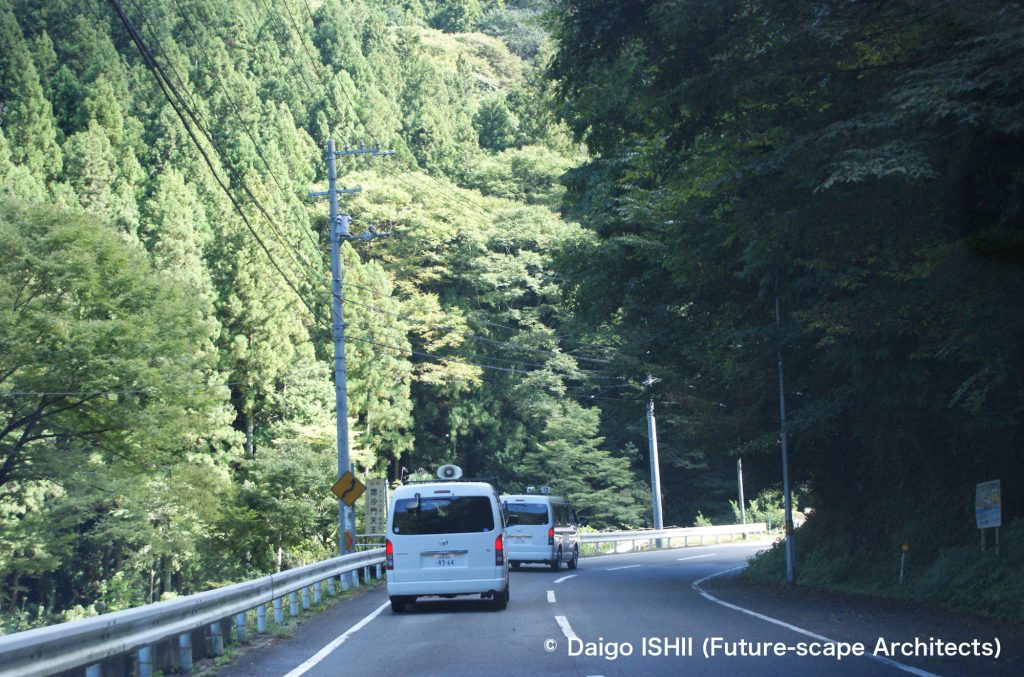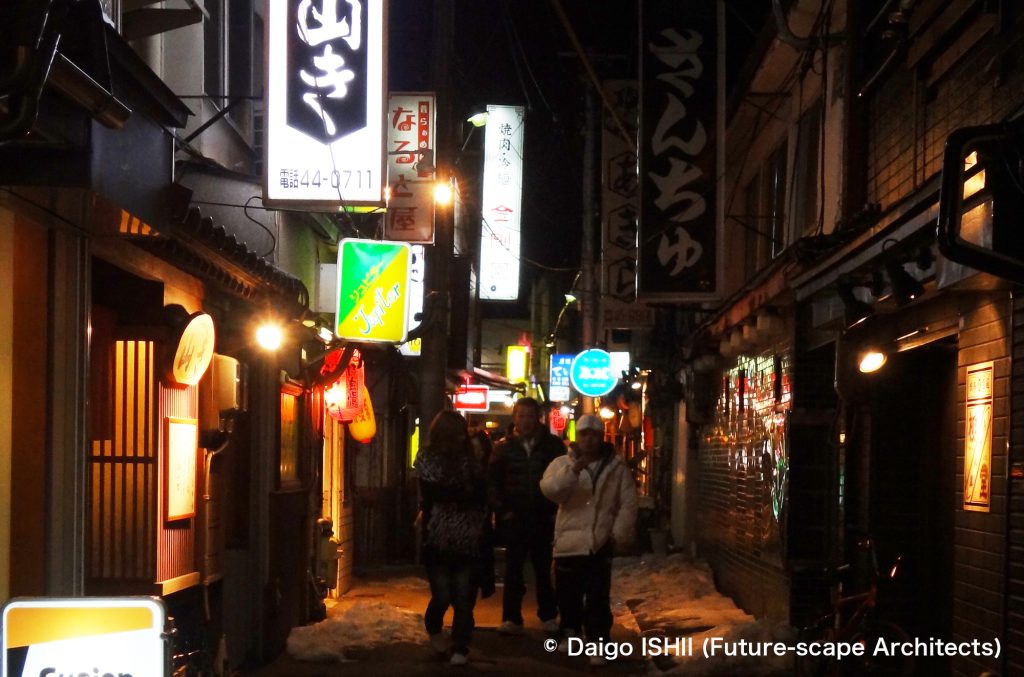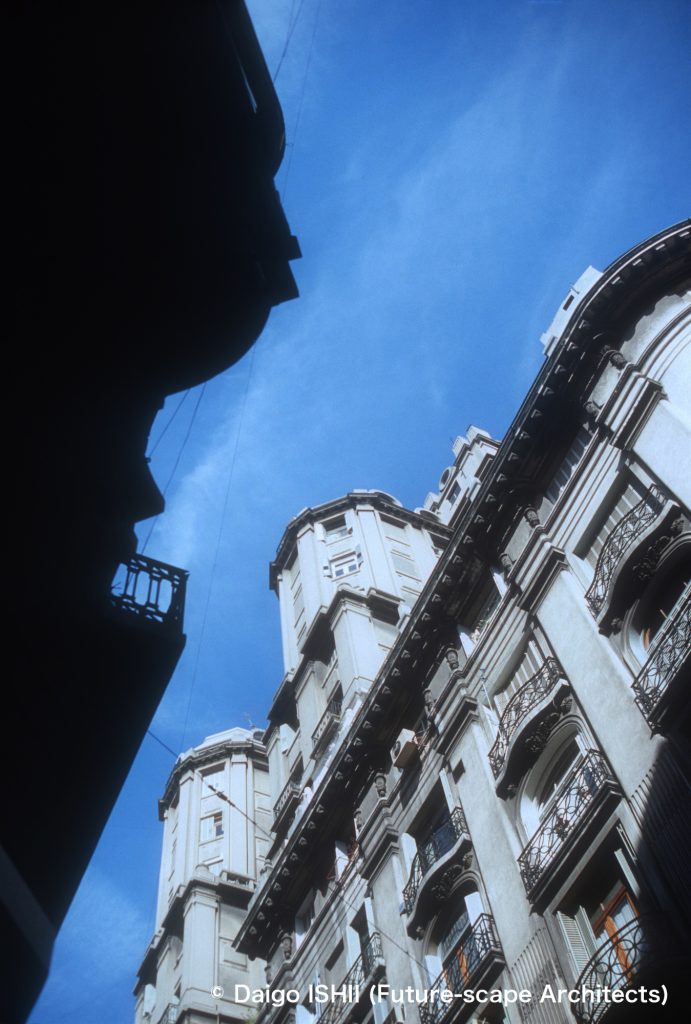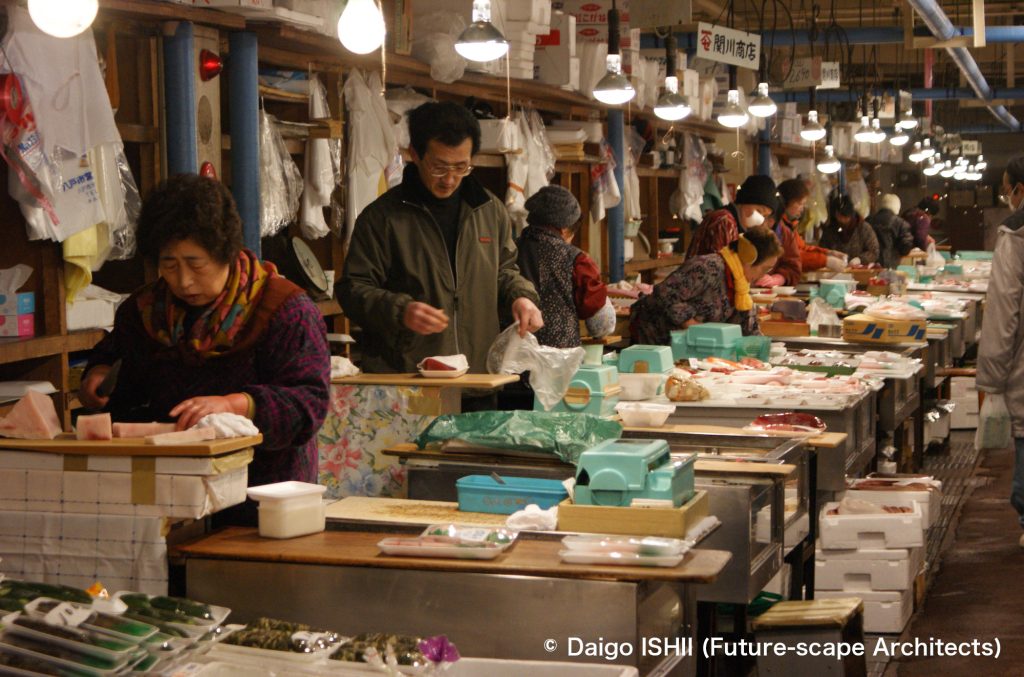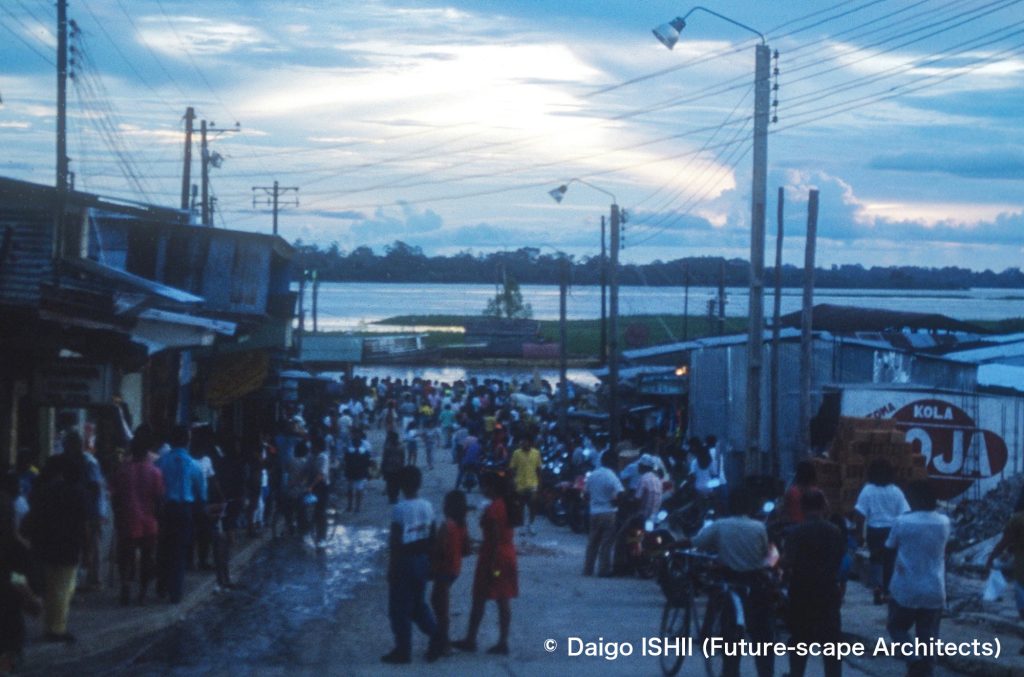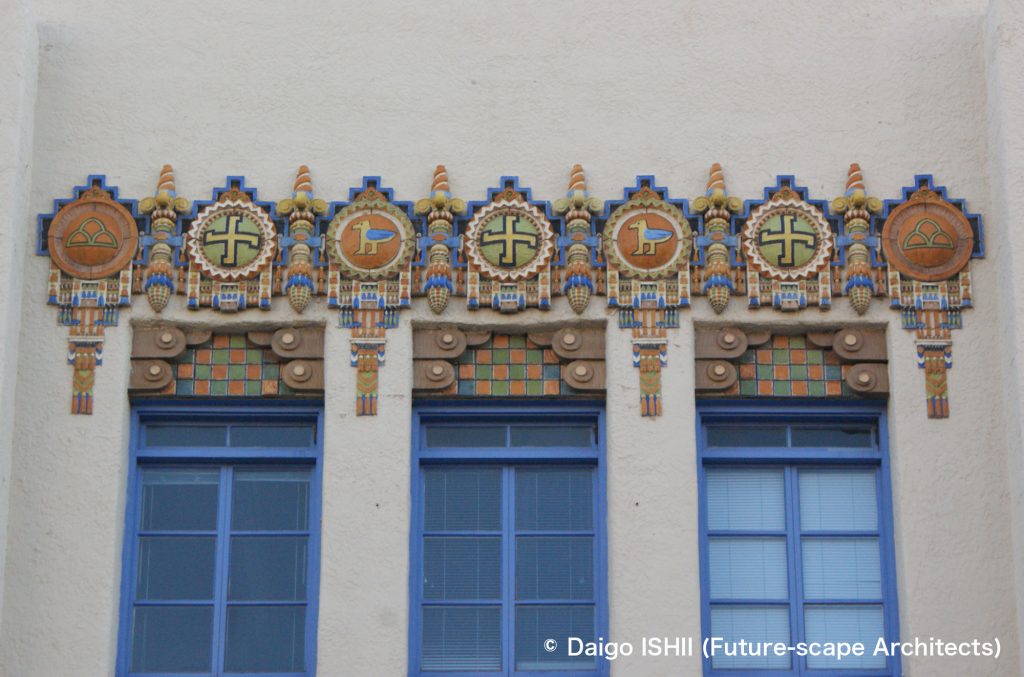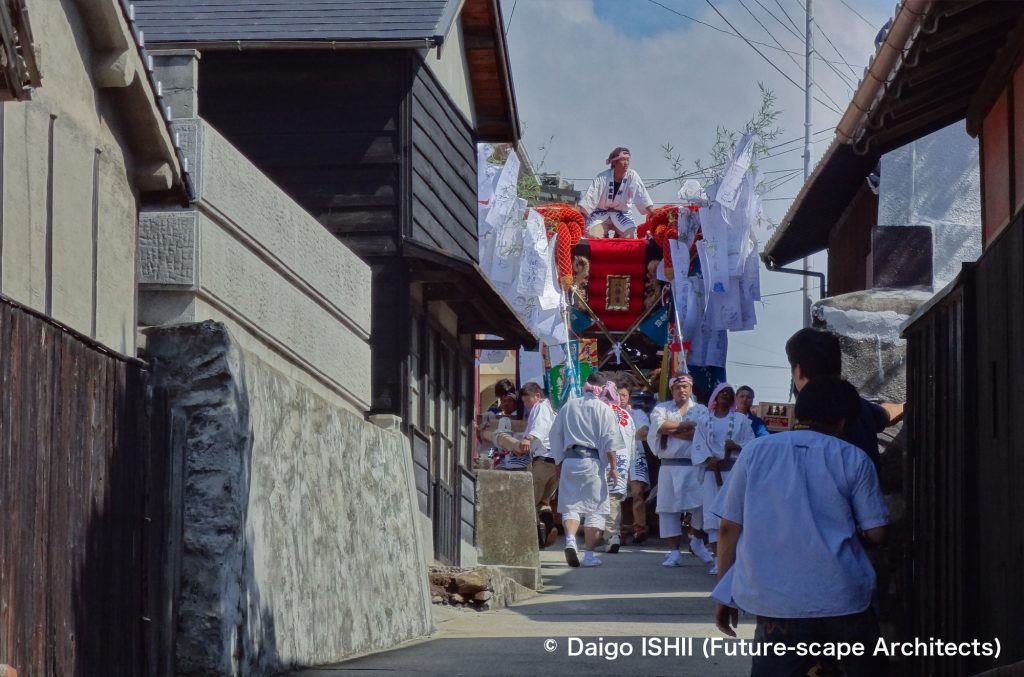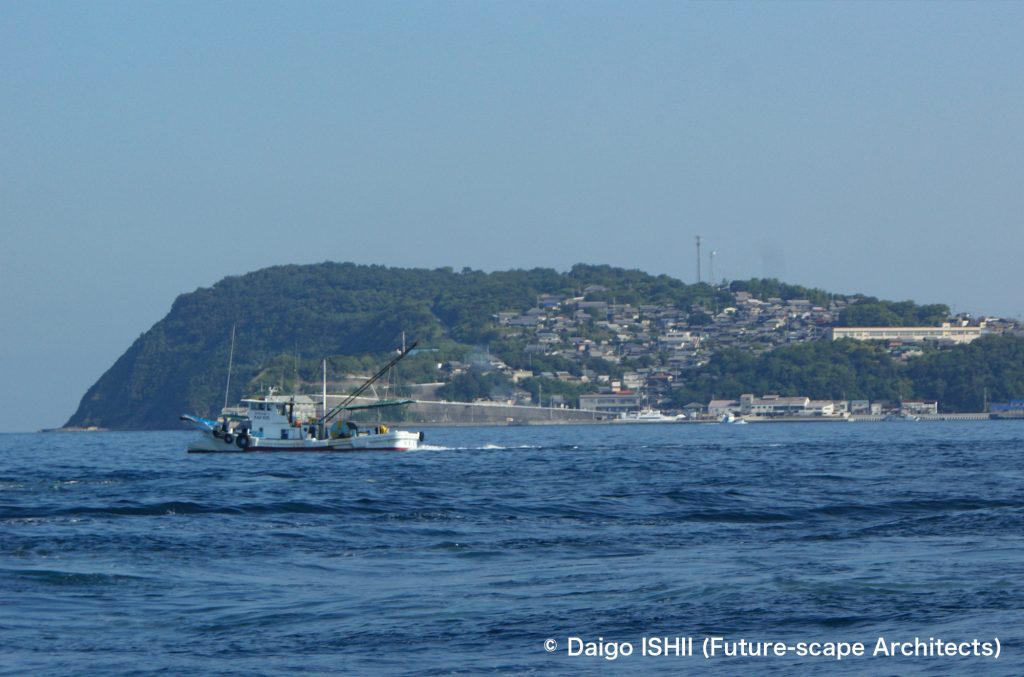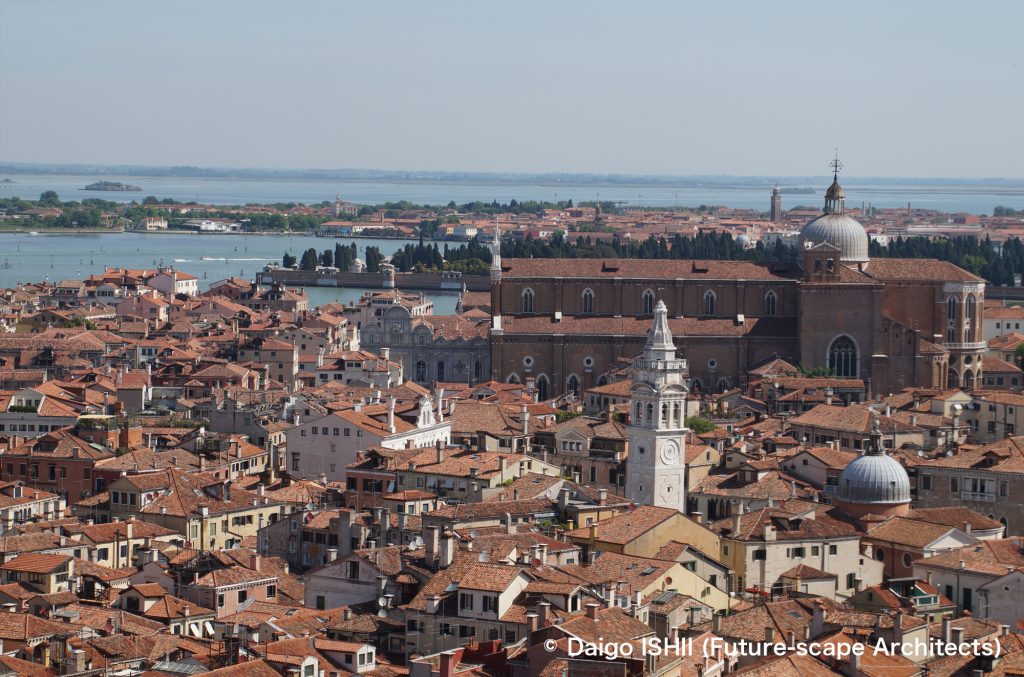Introduce an architecture designed by Rogelio Salmona, the architect representing Colombia.
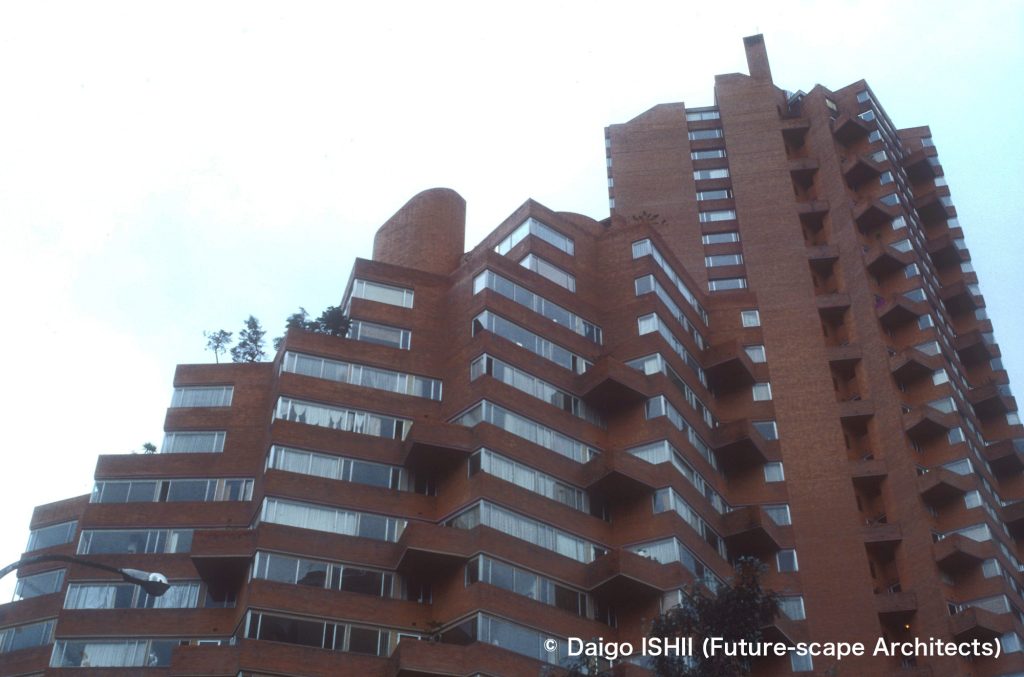
Most of Colombia's modern buildings were solid and steady, and I didn't have much interest in them when I lived there. The only architecture that I had a strong impression was Torres del Parque, the housing complex located on the northern edge of Centro (Downtown). Three high-rise and curved apartments, which were produced of a brick, surrounded a circular bullfighting arena as if it were a motif. Unlike ordinary brick buildings, which tend to have a simple shape, they rose while shifting dwelling units intricately as if rotating. (It seems to be a combined structure of bricks and reinforced concrete, but in the book I have, it is written as a brick construction.)
The architect was Rogelio Salmona. He was one of several disciples of Le Corbusier in South America, and a great architect representing Colombia. To tell the truth, I didn't know his name when I was living in Bogotá, and it was in Japan that I encountered the name. In the mid-2000s, a small exhibition was held in Japan as well.
In the early 1990s, when I lived in Bogotá, Centro (Downtown) had many high-rise buildings containing large corporations, but the district didn't have a good image. However, Torres del Parque was completed between 1965 and 1970. I thought it was luxury apartments symbolizing the prosperity of Centro (Downtown) before the economic center moved to Norte (North). But it was a housing complex for low and middle-income people. Salmona's design, which did not give a negative image, was splendid, and I admired the national power of Colombia that supplied such public housing to citizens in the 1960s.
Among the cities in South America, Bogotá has a large number of buildings that use exposed bricks as a finish material, from slums to luxury houses. Brick was a local material in Bogotá. However, in the slums of Sur, an exposed unglazed brick was frequently used due to cost, while in Norte, a high-class residential area, the careful finish with a unglazed brick created dignity. In any case, most buildings were designed with rectangular solid as a usual way to use a brick. This housing complex was an architecture that tried to open up the possibilities of a brick while showing respect in the context of Bogotá.
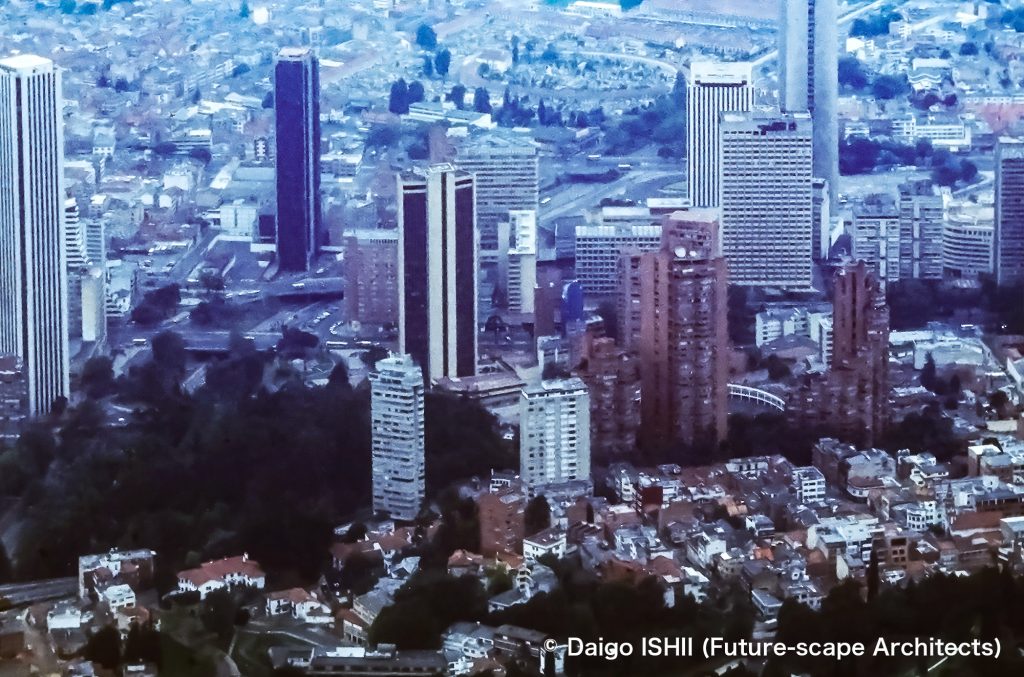
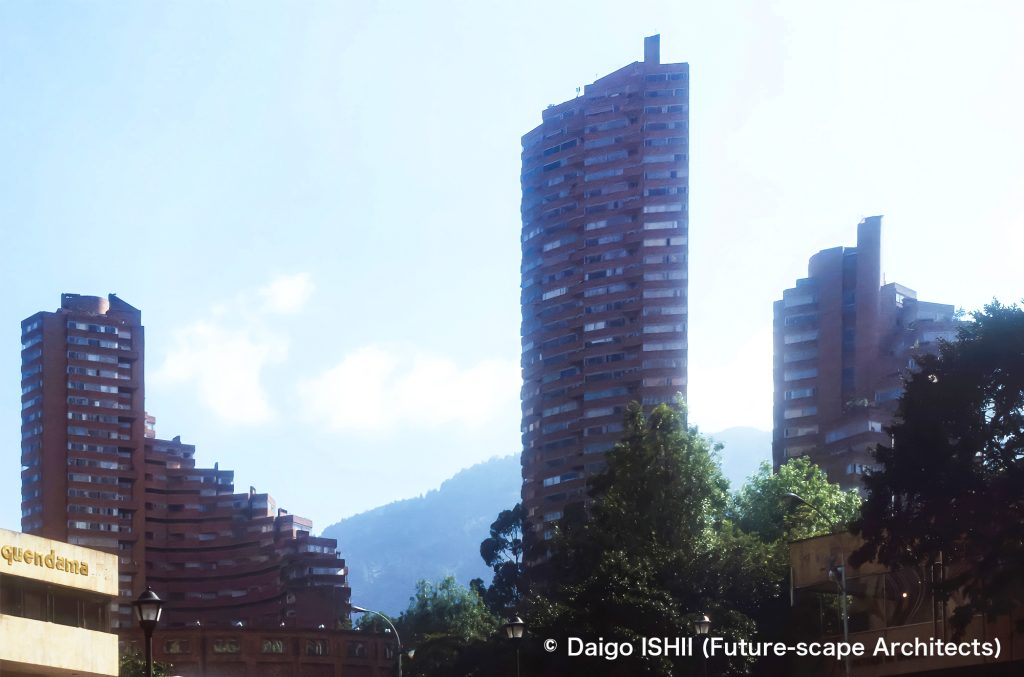
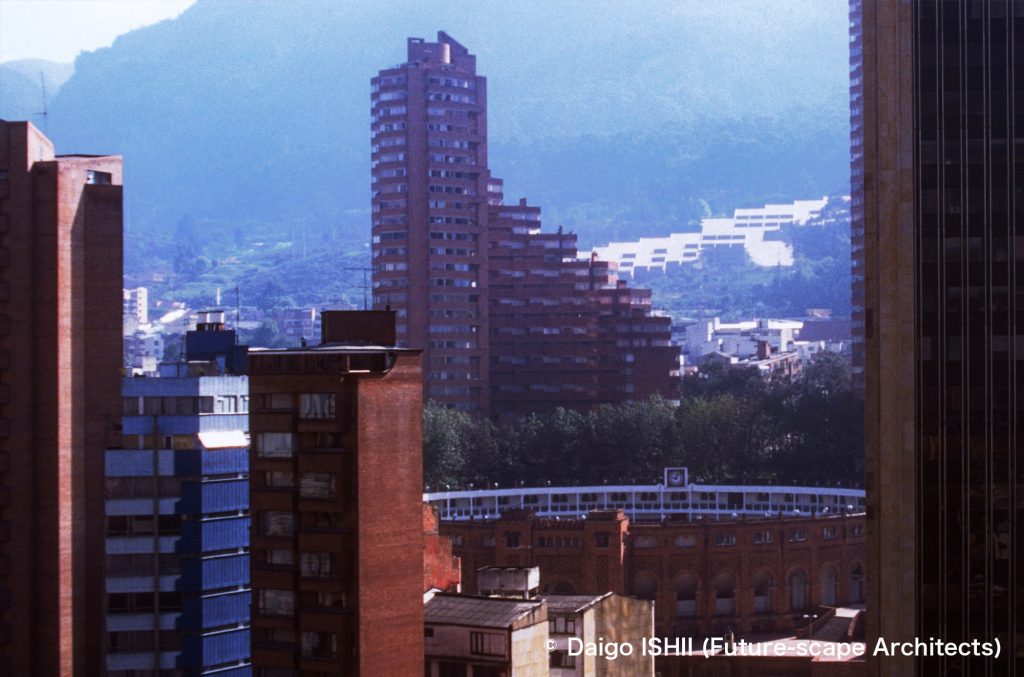
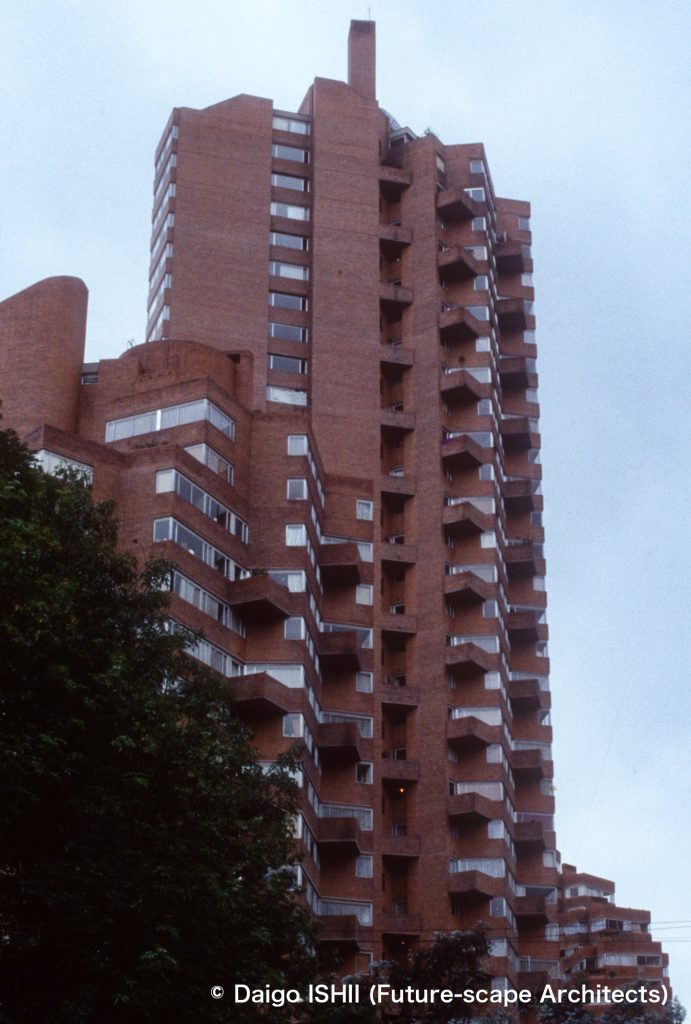
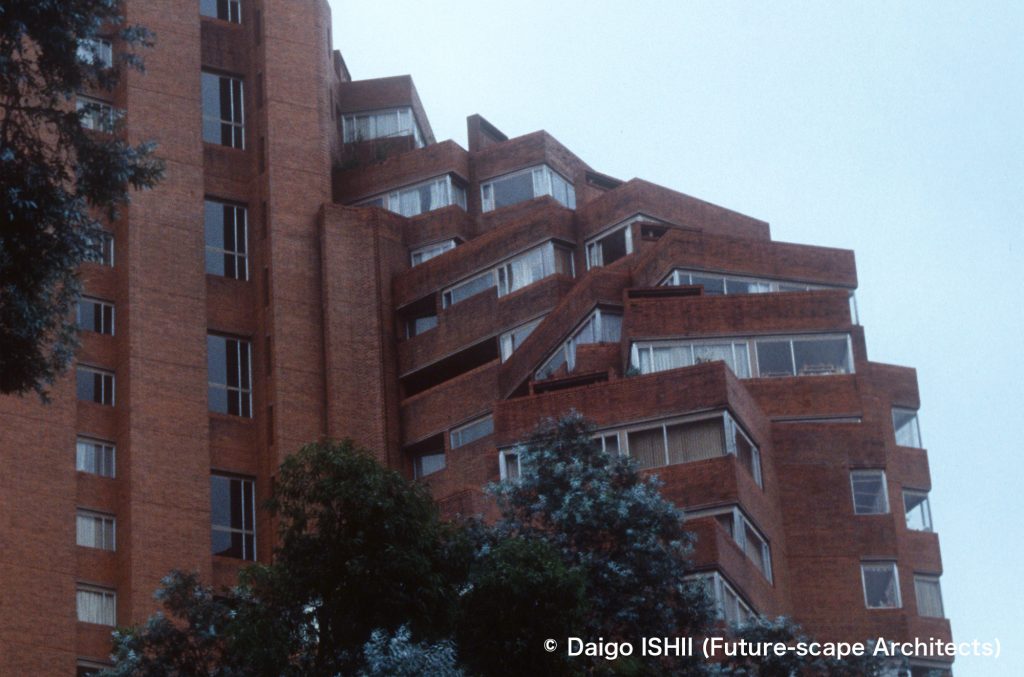
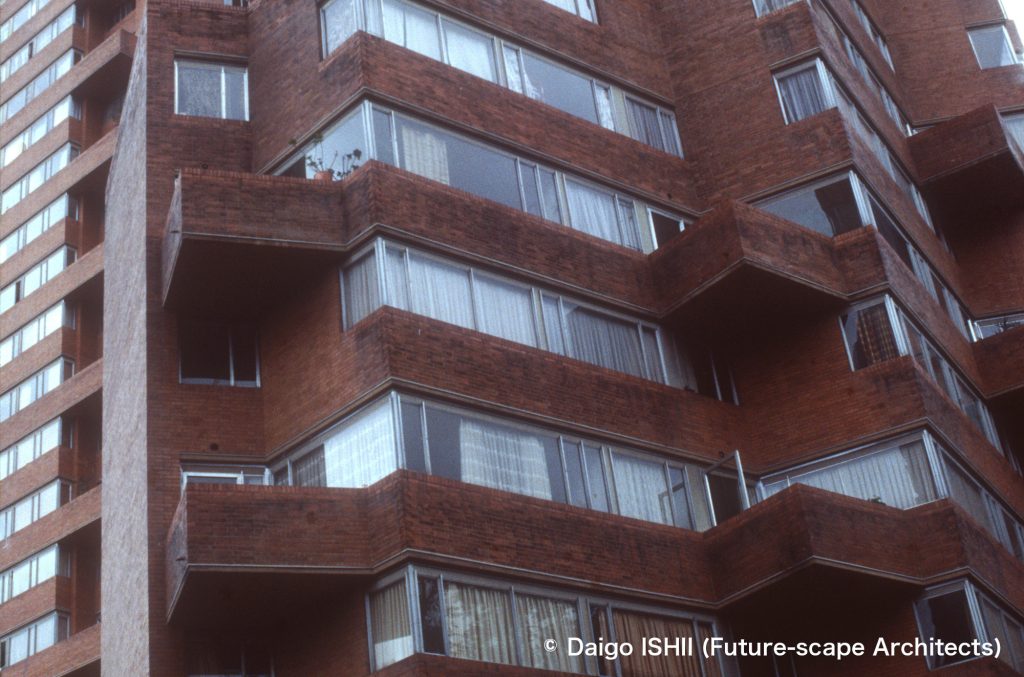
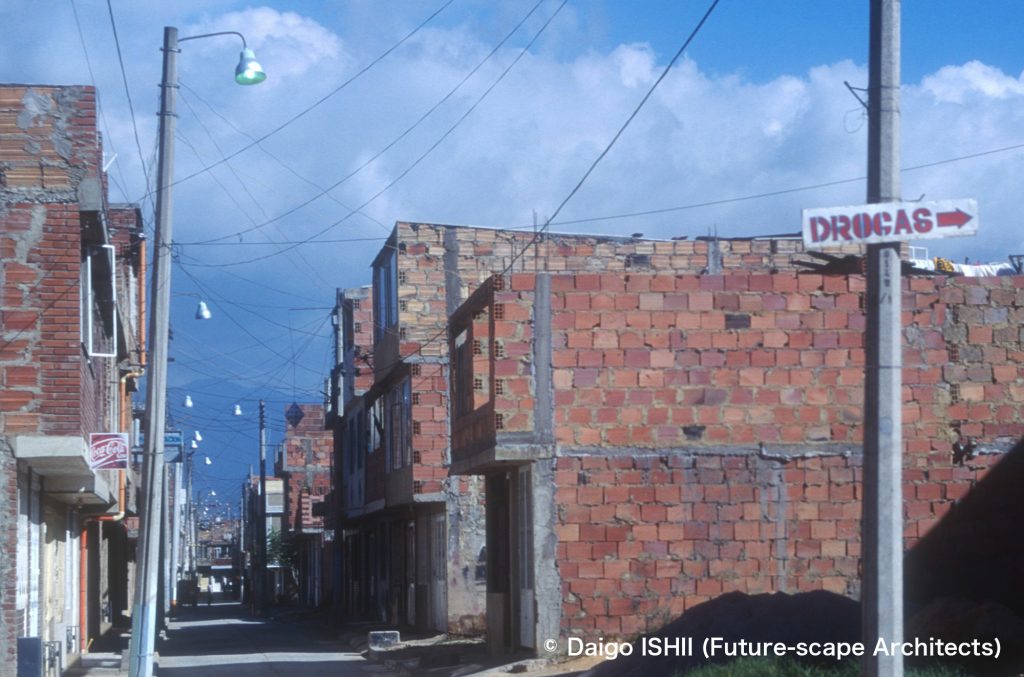
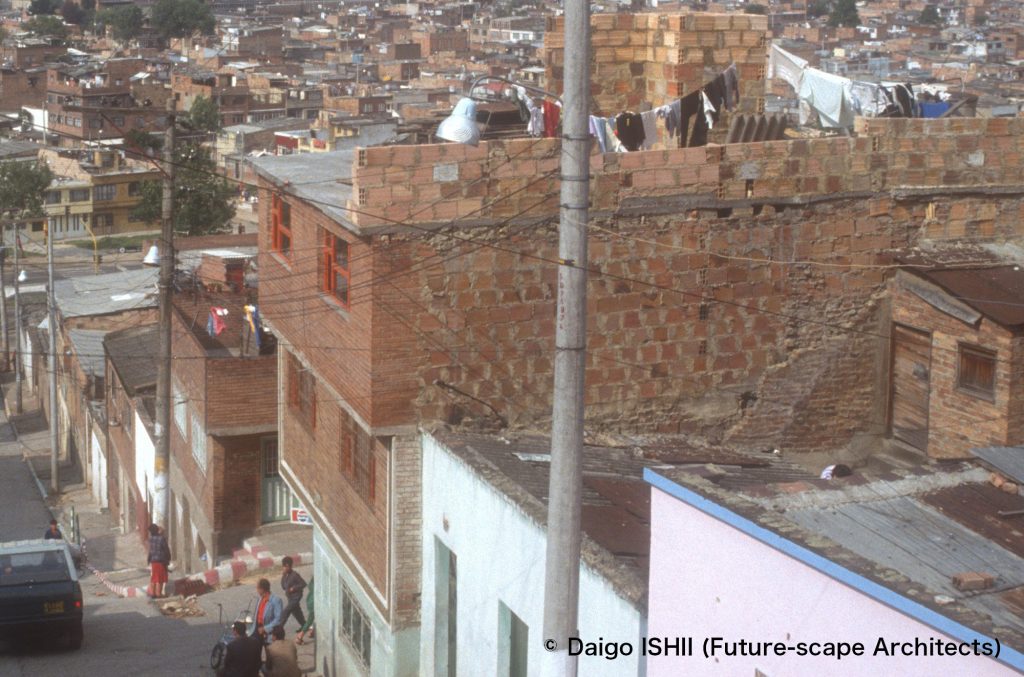
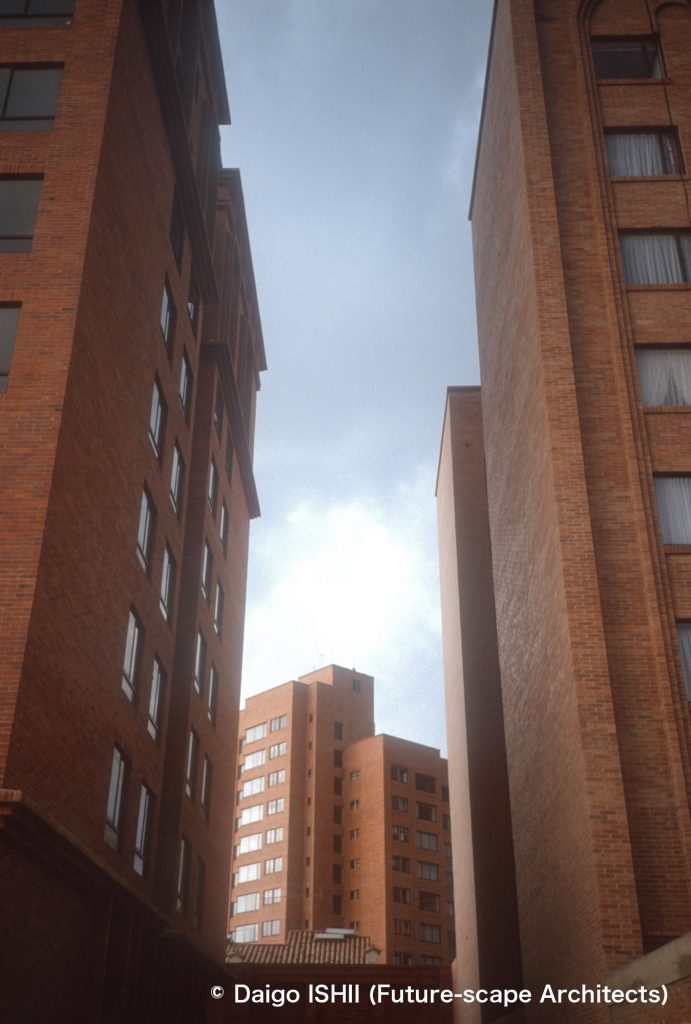
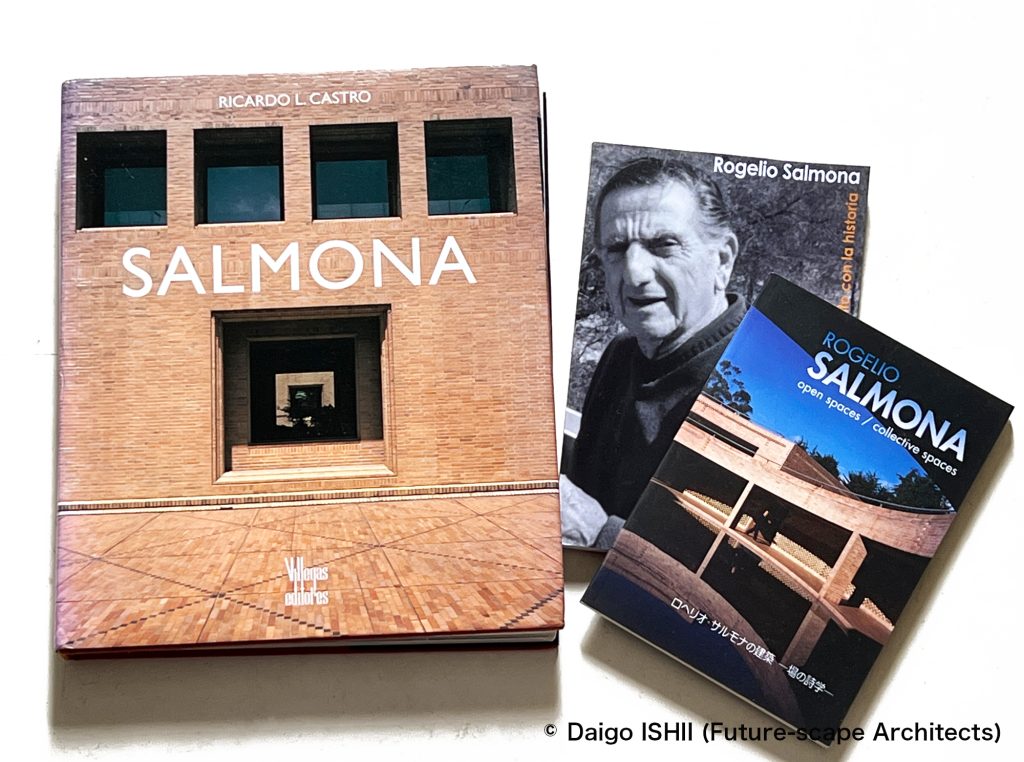
Click here for your impressions
reference
"Salmona" (Ricardo L. Castro, Villegas Editores, 1998)
"Rogelio Salmona Un acuerdo tácito con la historia" (Claudio Conenna, Architecthum Plus SC, 2017)
"ロヘリオ・サルモナの建築 ー場の詩学ー" (大成建設ギャルリー・タイセイ, 在日コロンビア共和国大使館, 2008)
Wikipedia
Please do not use or upload our photos without permission.





